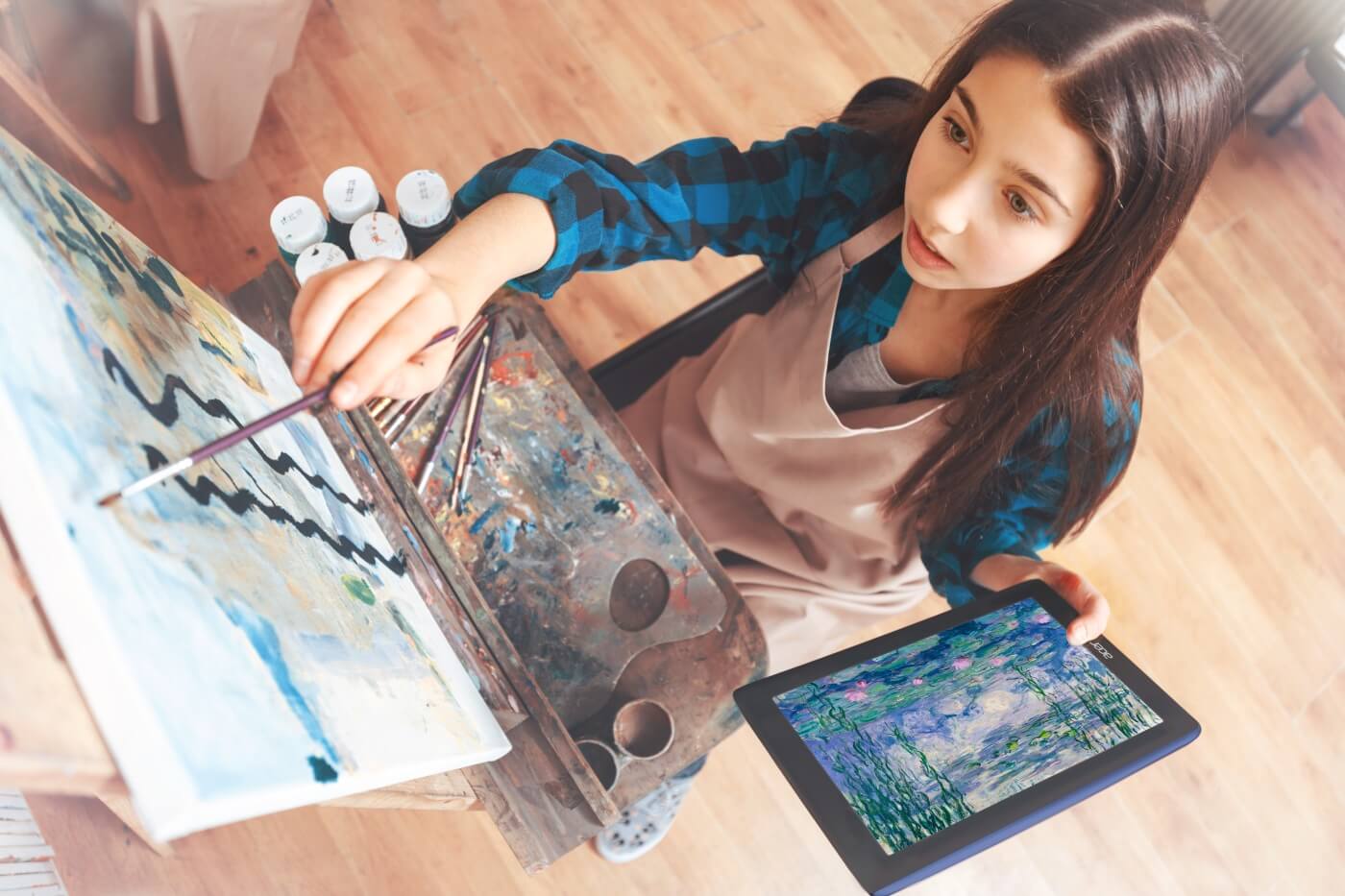The Intersection of Art and Technology

The intersection of art and technology and how technology is changing the way we create and experience art. It covers a range of topics including the use of technology in artistic expression, artificial intelligence's impact on the artistic process, how technology is making art more accessible, and the impact of technology on traditional art forms. The content also explores the influence of technology on the art industry, such as how it is bought and sold, exhibited, and promoted. Finally, the content notes that while technology has opened up many exciting possibilities, it also raises important ethical and societal questions about data privacy, ownership, and the role of technology in shaping cultural values and norms.
- Technology has opened up new avenues for artistic expression and experimentation, from digital art to virtual and augmented reality experiences.
- Artificial intelligence is being used to generate art and assist artists in the creative process, raising questions about authorship and the role of technology in the artistic process.
- Technology has also made art more accessible to audiences, allowing for new forms of interaction and participation in artistic experiences.
- Traditional art forms are also being impacted by technology, with new tools and techniques being developed to enhance and modernize traditional mediums like painting and sculpture.
- Technology has also influenced the art industry, from the way art is bought and sold to the way it is exhibited and promoted.
- While technology has brought about many exciting possibilities in the intersection of art and technology, it also raises ethical and societal questions around issues like data privacy and ownership, and the role of technology in shaping cultural values and norms.
some examples of how technology is changing the way we create and experience art:
Virtual Reality (VR) and Augmented Reality (AR) are enabling artists to create immersive experiences that transport viewers to new and fantastical worlds.
Artificial Intelligence (AI) is being used to create artwork, analyze and categorize art, and even write about art.
3D printing is allowing artists to create intricate sculptures and objects with incredible detail and precision.
Social media platforms are giving artists new avenues for promoting their work and connecting with audiences around the world.
Digital technology is making art more accessible, allowing people to view and appreciate art online, without needing to physically visit a museum or gallery.
Art collectors and enthusiasts are increasingly using blockchain technology to track the ownership and provenance of artwork, making it more difficult for forgeries and stolen works to enter the market.
Interactive installations and performance art are incorporating sensors, robotics, and other technology to create dynamic and engaging experiences for viewers.

Social Plugin